Paxton Creek Sediment Reduction Project
CONTACT

Jon Kasitz
Region Manager, Client Solutions, East
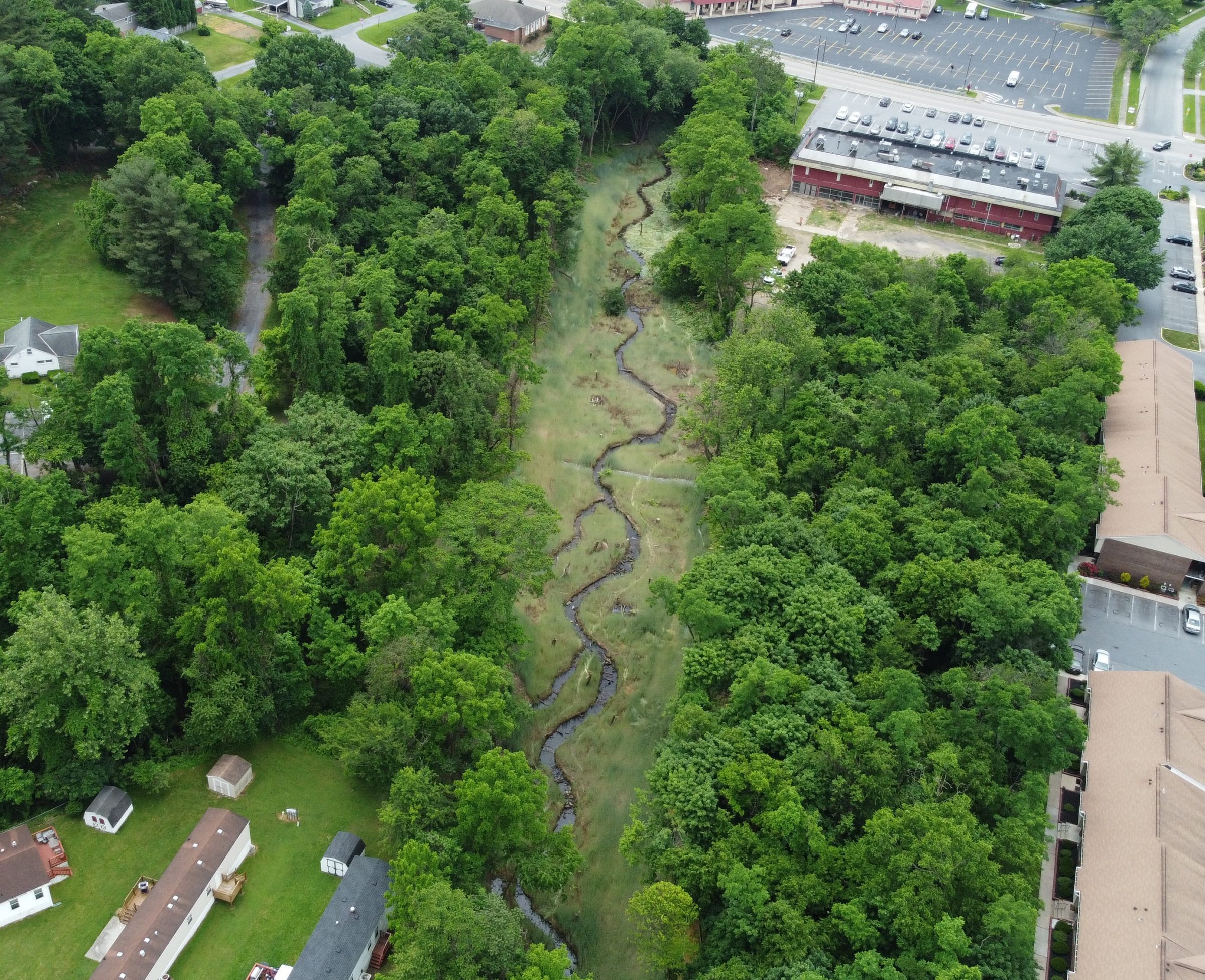
Paxton Creek, year one
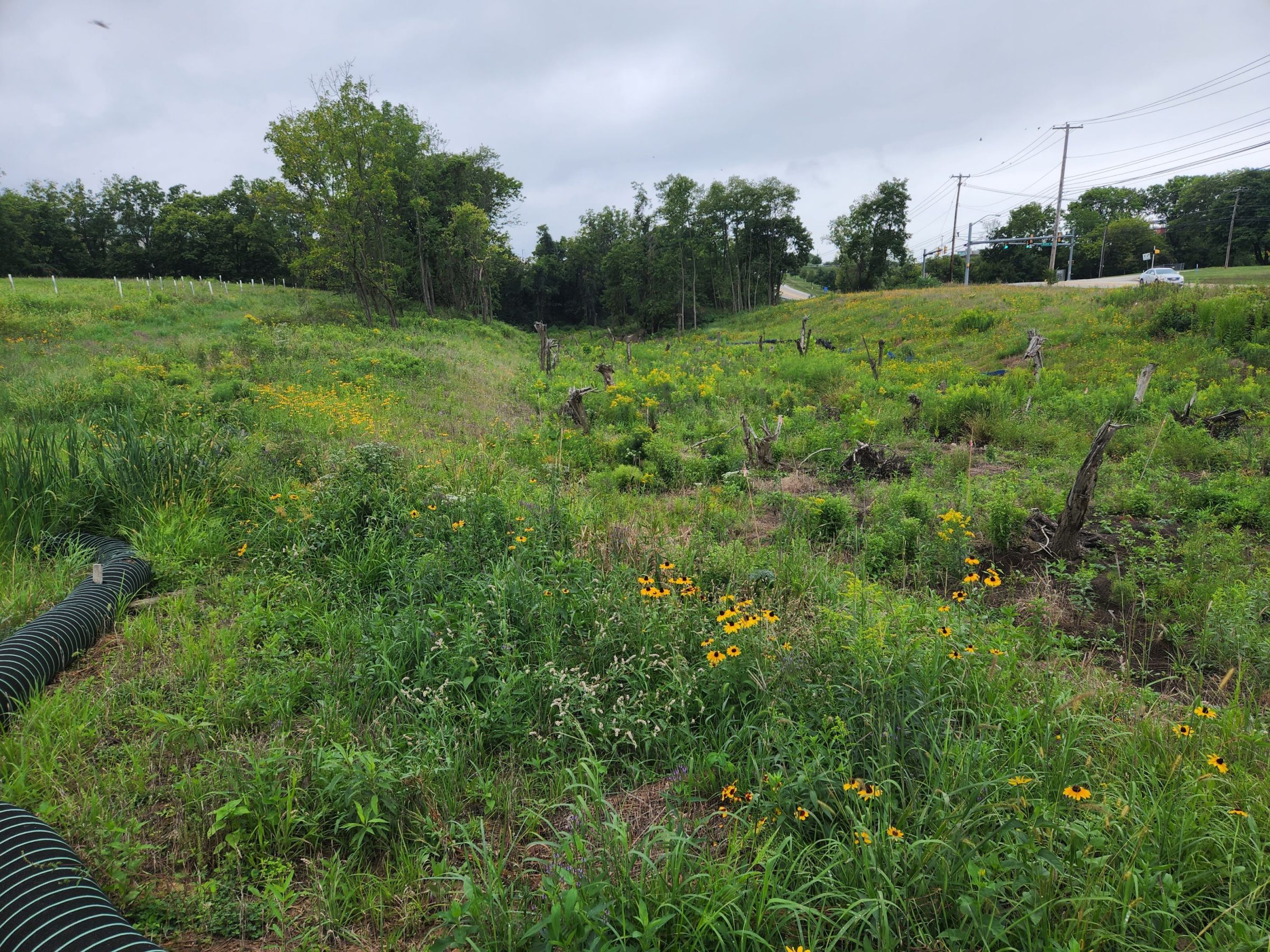
Paxton Creek
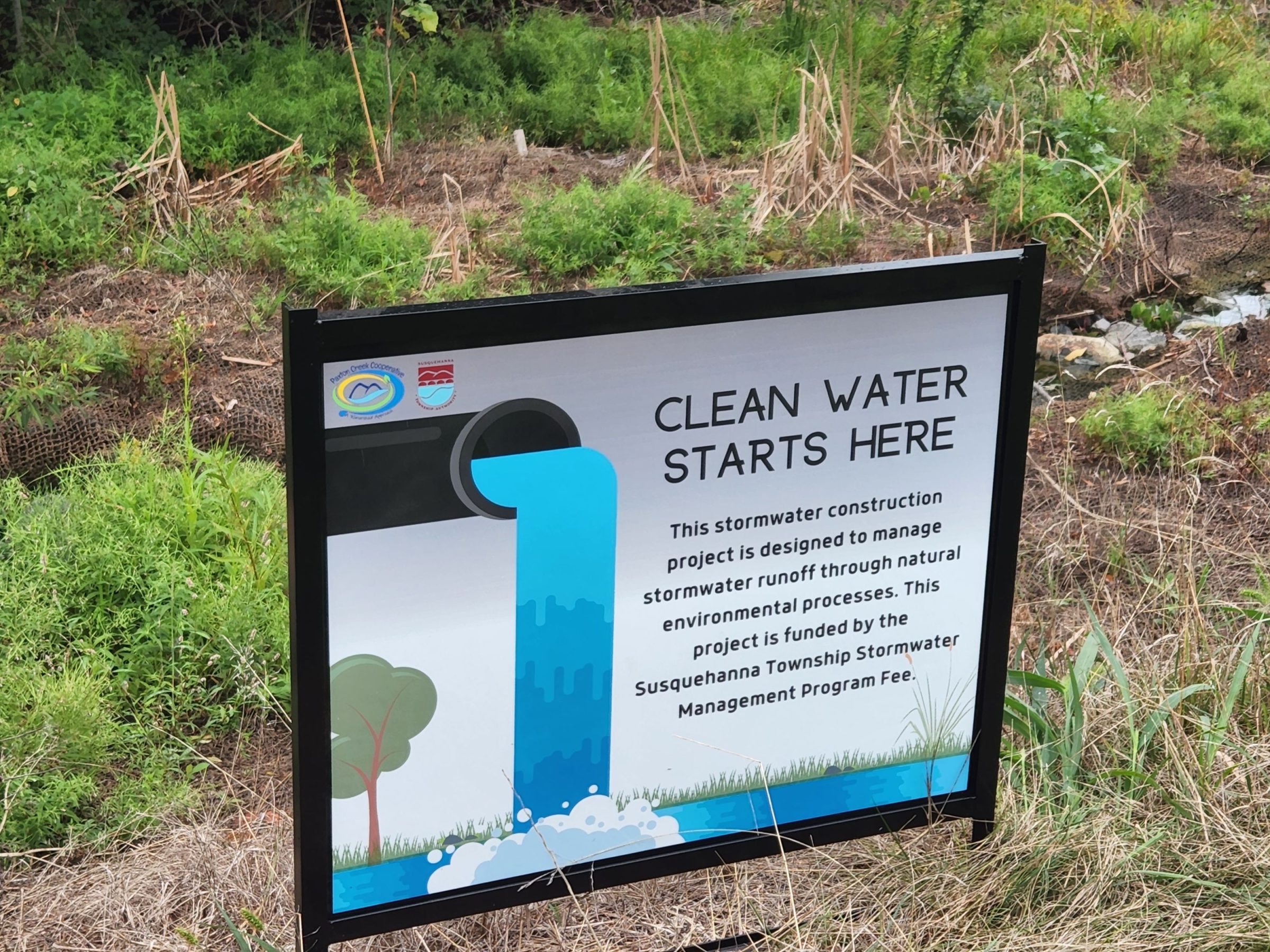
Paxton Creek
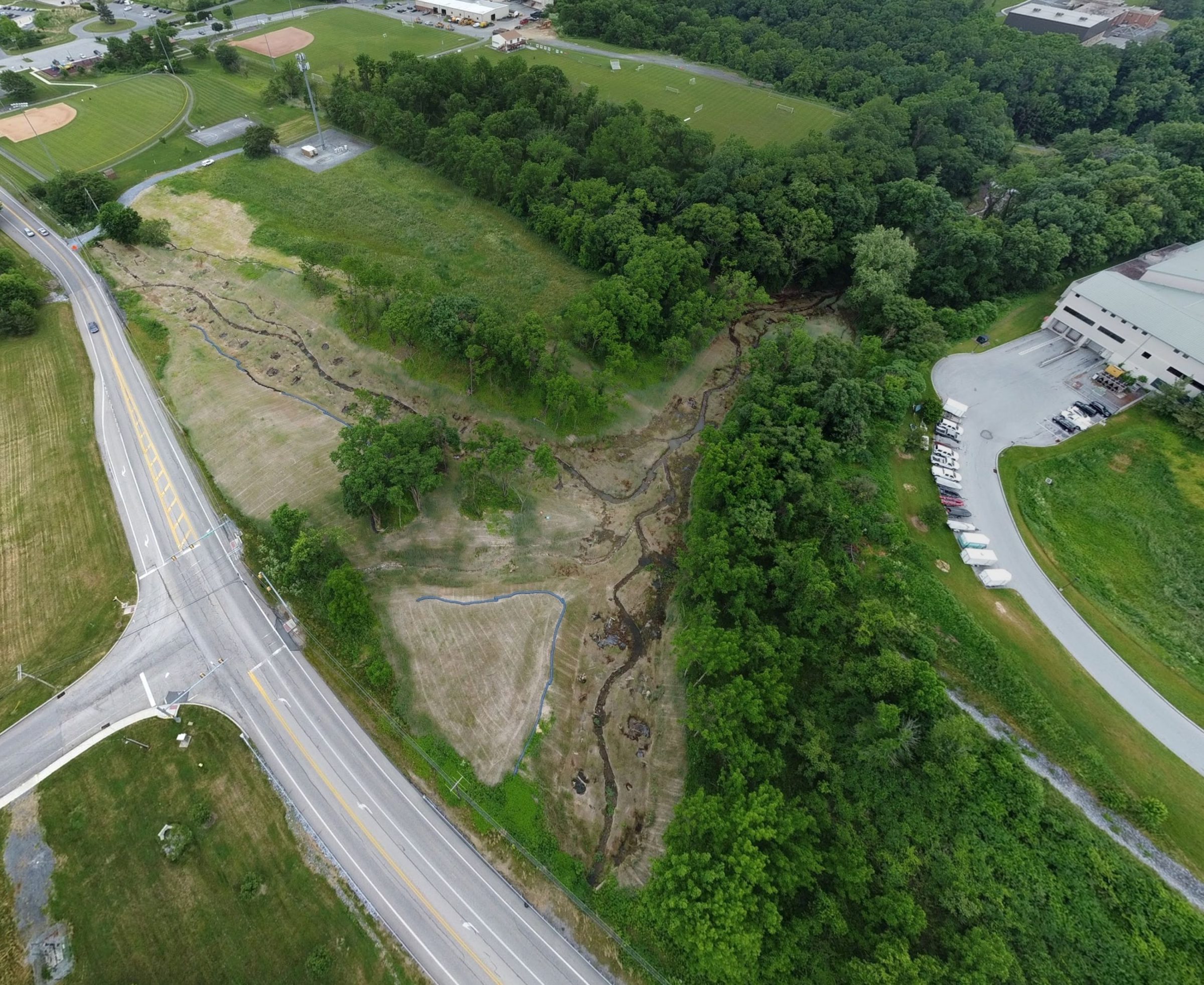
Paxton Creek, year one
PROJECT SNAPSHOT
Project Type
Non-Bank ProjectLocation
Pennsylvania | City of HarrisburgProject Size
- Nutrient: 800,000 IBS
Solution
Water QualityEcological Setting
- Floodplains
- Green Infrastructure & Urban BMPs
- Native Vegetation & Pollinator Habitat
- Streams
- Wetlands
RES was awarded the Paxton Creek Sediment Reduction MS4 project by the Pennsylvania Department of Transportation (PennDOT) in the summer of 2020. This project marked the second time PennDOT procured sediment reduction for MS4 compliance through a turnkey, performance-based contract known as ‘design-build-operate-maintain.’ RES guaranteed the turnkey delivery of over 800,000 pounds of sediment reduction, the equivalent of 5,400 linear feet of stream and five acres of wetland restoration.
In a unique approach, PennDOT collaborated with three municipal partners, Capital Region Water, Susquehanna Township, and Lower Paxton Township, to implement Best Management Practices (BMPs) to generate sediment reduction benefits for all parties involved. RES was responsible for siting, designing, permitting, acquiring property interests, constructing, inspecting, operating, and maintaining the BMPs within the project scope. The ultimate goal was to demonstrate improved water quality in urbanized area sediment-impaired waterways within the Paxton Creek watershed.
RES obtained the rights to implement three separate projects within the search area, strategically selecting the most cost-effective locations. The selection process considered the portion of the Paxton Creek watershed covered by the three municipal partners. To ensure adherence to established standards, RES was required to prepare a pollutant reduction plan and calculate sediment reduction using the Chesapeake Bay Protocol, a framework based on an expert panel.
Through this collaborative effort between RES, PennDOT, and the three municipal partners, the Paxton Creek Sediment Reduction MS4 project aims to significantly reduce sediment pollution within the watershed, improving water quality and meeting regulatory compliance requirements.
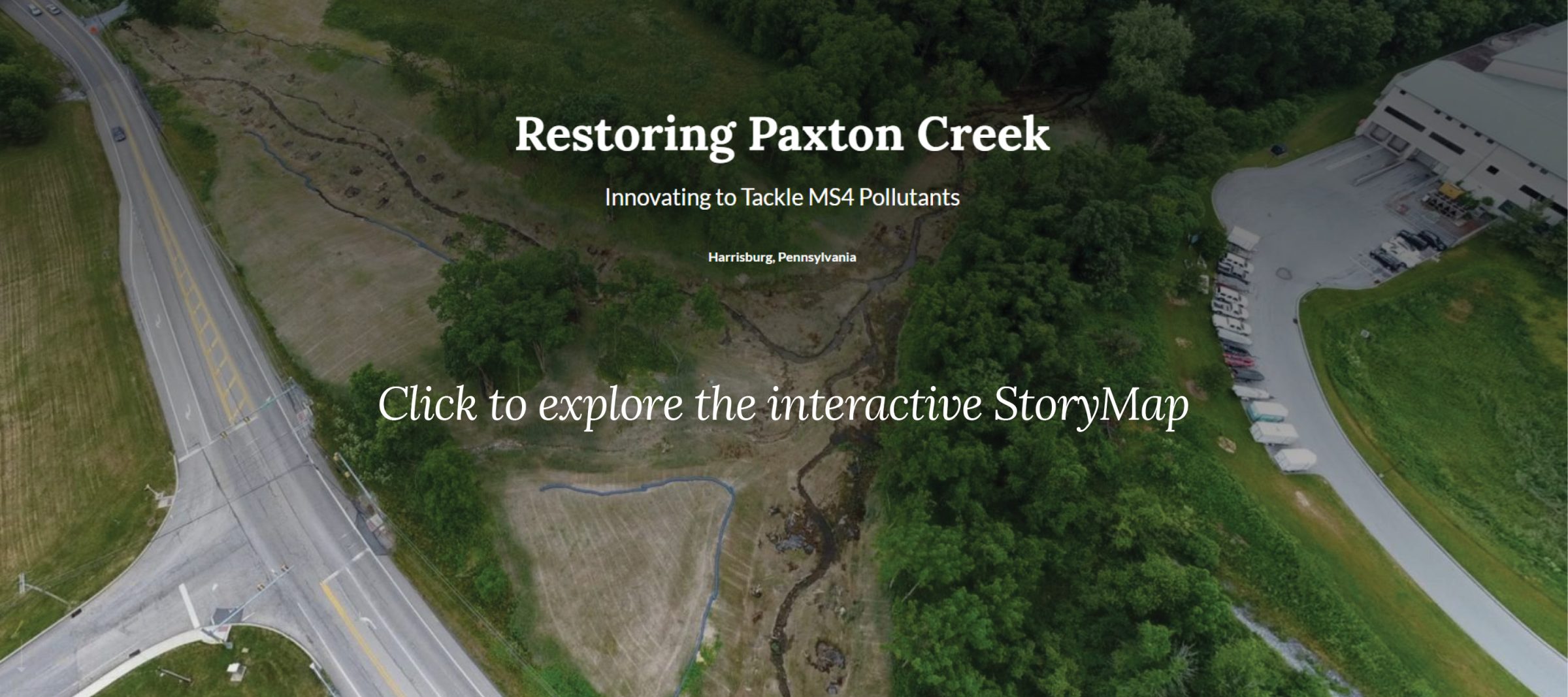
“My office actually looks out over a little gully here, and when it would rain, it would be a chocolate milk log flume. 810 feet deep of just ripping, I mean, absolutely ripping water. Now [post restoration] when it rains, it’s this wonderful meandering clear stream. I mean, it worked literally, like overnight,”
Tim Schaeffer, Executive Director of the Fish and Boat Commission
